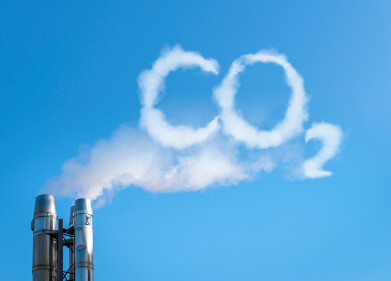Fuel for thought
Some Oil and Gas Issues Relating to the Philippines
Jul 16 2010
By Dr. Clifford Jones, Aberdeen University.
The Philippines imports about 300000 barrels per day of crude oil. Domestic oil production is only about 20 thousand barrels per day and, for a period in the late 1990s, was significantly less than that and quite negligible. Part of the oil and gas activity of the Philippines is in the hands of the state owned Philippine National Oil Company (PNOC), which came into being by presidential decree in 1973 with its HQ in Manila. Shell and Caltex are also represented in the Philippines.
The ‘western’ oil companies in the Philippines have very high standards of safety and of environmental and social responsibility. The vessel Solar 1, bearing heavy fuel oil for export, sank in August 2006 in waters close to the Philippines. It had been chartered by Petron, in which PNOC have a 40% holding. The vessel had 500,000 gallons of the oil on board. That released created an oil slick which affected over 100 miles of the national coastline. The livelihoods of local residents and the tourist industry are both likely to be heavily affected. Much sea life was destroyed. Outside aid – from Japan and from Indonesia – has been sought in the clean-up.
The Philippines has a major non-associated gas field offshore, known to contain 1010 m3 of natural gas. Its exploitation began as recently as 2001 when a group including Shell, Texaco and PNOC began to obtain gas from the field and divert it to electricity generation. Eventually gas from the field will supply three power stations in the Philippines which will jointly produce 2.7 GW of power. This will of course lead to a reduction in crude oil imports. There is a possibility that Korea Gas will buy half of PNOC’s share in the enterprise.
It has been noted in one of the other mini essays that coconut can be a source of biodiesel. However in the Philippines where, as in so many ‘developing countries’, there are extremes in lifestyle, producer gas is made by
admittance of air (or possibly air/steam) to a hot bed of coconut shells or fibre. The resulting gas has a calorific value of about 4 MJ m-3. Elsewhere ‘gas producers’, which owed their development to one of the Siemens brothers in the nineteenth century, had used coal or coke as feedstock and supplied fuel gas for industries including glass and steel. Gas producers have all but disappeared in the UK and the US although their revival in ‘BTU conversion’ is not impossible.
Digital Edition
PIN 26.1 Feb/Mar 2025
March 2025
Analytical Instrumentation - Elemental Analysis for Quality and Process Control at Refineries, for Lubricants and Wear Metals in Engine Oils - Synthetic Lubricants: New Developments - Scaling...
View all digital editions
Events
Mar 31 2025 Hannover, Germany
Mar 31 2025 Beijing, China
Apr 02 2025 Saigon, Vietnam
Apr 02 2025 Atyrau, Kazakhstan
Apr 08 2025 Birmingham, UK



















